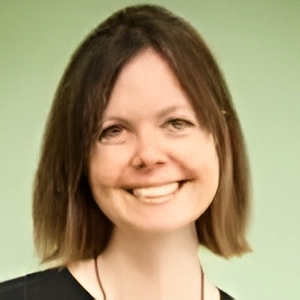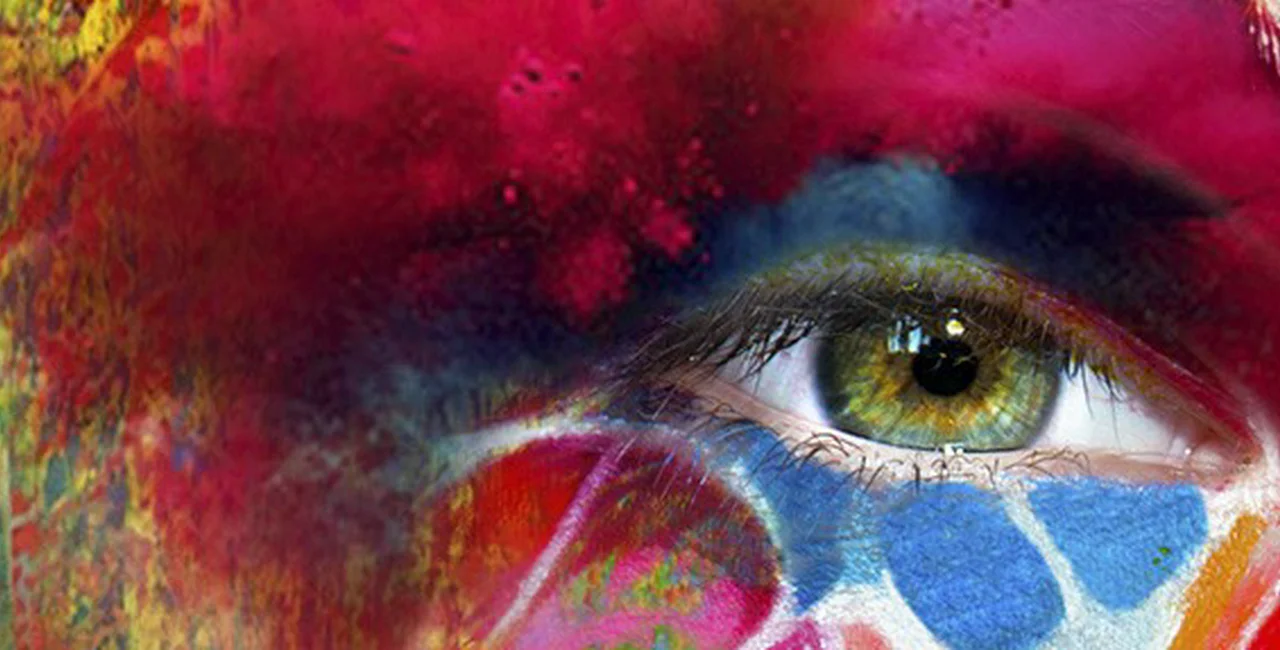The Czech Republic´s six month helm of the European Union presidency is nearly over. What will probably be the most lasting memory for most people of the reign, for better or for worse, will be artist David Černý´s Entropa exhibition stationed in Brussels. What was meant to be a symbolic art piece representing all EU countries (and designed by artists from all those countries) turned into a controversial, apology-ridden installation. Intrigue and background stories gave the piece a life of its own. Entropa is now installed in Prague at the DOX Centre for Contemporary Art (www.doxprague.org) in Holešovice.
For those who may have missed all the bro-ha-ha; we´ll do a brief re-cap. The Czech government paid Černý to create an art piece to mark the Czech presidency of the EU Council in Brussels. Černý won the commission by saying the piece would be the work of 27 artists, one from each EU country, representing the 27 different cultures of the EU. Everyone was pleased. But no one, least of all the Czech government should have been surprised with what Černý ended up revealing; this is not the first time his work has caused controversy. In reality, he and two friends, Krištof Kintera and Tomáš Pospiszyl, helped design the imposter work; even going so far as to create fictional websites for the “artists” participating in the piece.
PARTNER ARTICLE
The government of Mirek Topolanek was caught as off-guard as anyone, but they took it in typical Czech stride. Not so Slovakia, who received an official apology from the government, nor Bulgaria who actually asked that their “country” be removed. It was covered with a black cloth while in Brussels, but is free to be seen here in Prague. The country, and Deputy Prime Minister Alexandr Vondra apologized “to those who felt insulted” and Vondra himself said: “This is simply art and nothing more.” Černý originally was to receive about 50,000 EUR to design and create the piece, but said he wouldn´t except it after the truth was revealed. EU ambassadors even went so far as to discuss removing the entire Entropa project after learning how the artist misled the Czech government but decided that this would be counterproductive because of the outcry about censorship bound to follow. To add some extra drama, Černý removed the piece himself from Brussels at the beginning of May, in protest of the fall of Topolanek´s Civil Democrat government, brought down by a no-confidence vote in mid-March, at the initiation of the Social Democrat party.
In his apology, Černý said: “We knew that the truth will be revealed. We just wanted to know before that moment, whether Europe is able to laugh at itself. At the start there was a question, what do we really know about Europe.”
Entropa is a massive 256 square meter blue framework piece, installed in DOX´s courtyard. It´s an interactive exhibit as things move; colors flash and noises are produced. Hinged to the frame are outlines of 26 European countries and stylized after typical stereotypes or clichés of each country.
Yes, 26 – Černý left off the United Kingdom to demonstrate their perceived absence from the EU. It´s a little difficult to identify all the countries. The big ones, Poland, Spain, Italy, are quite obvious, but when you throw in little ones like Luxembourg, Estonia and Belgium in there, it gets a little difficult.
And of course, it´s art – so thoughts, ideas, impressions should be left to the viewers themselves. Here are my humble interpretations, with little or no commentary!
Belgium: A box of chocolates.
Bulgaria: A series of Turkish toilets, connected with neon tubes. I would have never known that´s what it was. It´s made from what looks like white plastic, and the colored tubes are confusing.
Czech Republic: An LED screen flashes “controversial” message by President Klaus regarding the EU.
Denmark: Made from legos. There´s a vague outline of a face, which some have said represents the Prophet Mohammad. Černý denies this.
Estonia: Two power tools based on the Soviet hammer and sickle. At one time, Estonia wanted to ban these symbols of Communism.
Finland: Represented as a wooden floor, with a seemingly drunk man holding a gun. I don´t get it.
France: A big banner that simply says “Greve!” which is strike in French.
Ireland: A set of bagpipes. They supposedly play, but I missed that. Here´s another one that´s beyond me.
Italy: The country is covered with football players, holding footballs and moving in a suggestive fashion.
Cyprus: Due to its two halves; one Greek and the other Turkish, it is shown cut in half, split curiously by Italy.
Lithuania: A group of men are urinating towards their Eastern neighbors. The urine stream is jazzed up thanks to yellow lit optical fiber.
Latvia: A big mountain range.
Luxembourg: A gold nugget with a For Sale sign atop it.
Hungary: An outline of the Atomium, in Brussels, made out of watermelon and sausages built on a floor of peppers.
Malta: Represented by a dwarf elephant, positioned as a magnifying glass.
Germany: A mass of highways with moving cars. Some thought the road system´s outline was in a vague Nazi swastika shape. I didn´t see it, and Černý has denied it.
Great Britain: Absent. There´s a blank spot in the upper left corner for the country.
Netherlands: Submerged underwater, with only a few minarets peeking out.
Poland: Priests erecting rainbow colored gay pride flags, in a motion similar to the American flag raising on Iwo Jima.
Portugal: A cutting board with three pieces of meat on it shaped like the country´s former colonies: Brazil, Andorra and Mozambique.
Austria: A green field filled with nuclear energy cooling towers, which from time to time emit steam.
Romania: Dracula´s theme park, complete with flashing lights and spooky sounds.
Greece: A country covered in forest.
Slovakia: Salami wrapped in ribbons the colors of Hungary.
Slovenia: A rock in which the words “The first tourists came here in 1213” are engraved.
Spain: A mass of concrete.
Sweden: A huge IKEA box.
There are three different angles you can see if from: the ground, looking up; mid-level, from the café´s terrace or from the top looking down, thanks to the courtyard off the museum´s tower. It´s unknown what will happen to Entropa following its exhibition at DOX. It depends on if it can be sold; Černý had previously put a price tag of more than 10 million CZK on his design.
So who is this Černý artist? You are most likely familiar with his work, even if you didn´t know it was him. The climbing babies on the Žižkov TV tower? Černý. The “Interactive Fountain” at Hergetova cihelna in Malá Strana, really the statues of two men peeing in a Czech republic-shaped pool, and the replica St. Wenceslas statue hanging upside down in the Lucerna Pasaz are two more examples. He´s also known worldwide for his depiction of Saddam Hussein semi-naked, tied up and with a noose around his neck in a formaldehyde tank, ala Damien Hirst.
Černý himself has said about the piece: “It is a parody of the socially activistic art, which balances on the edge between would-be controversial attacks on national character and an undisturbing decoration of official spaces.” He phrased his thoughts a bit differently in the official Czech EU presidency brochure on Entropa: The EU puzzle is both a metaphor and a celebration of this diversity. It comprises the building blocks of the political, economic and cultural relationships with which we ‘toy´ but which will be passed on to our children. The task of today is to create building blocks with the best possible characteristics.
DOX opened in the fall of 2008 and if you haven´t been, now is a great time to go. Entropa will be on display through January 4, 2010. But through September 27, you can see Scottish artist Douglas Gordon´s excellent exhibition, Blood, Sweat, Tears. At the opening to Entropa, DOX artistic director Jaroslav Anděl mentioned that critics are calling this one of Gordon´s best shows ever, so don´t miss the opportunity. Also you can see a group exhibition, Fourteen S, covering themes such as family and community through August 16 and if that´s not enough for the ticket price, check out DOX NANO through July 9, an exhibit of Czech artists who are working with the new visual arts medium nanoART.
DOX and weekly newsmagazine Tyden are giving people the opportunity to express their opinions on Entropa. You can do it either at DOX or online at www.tyden.cz. Or share what you think here; we want to know your thoughts as well.













 Reading time: 6 minutes
Reading time: 6 minutes 
























